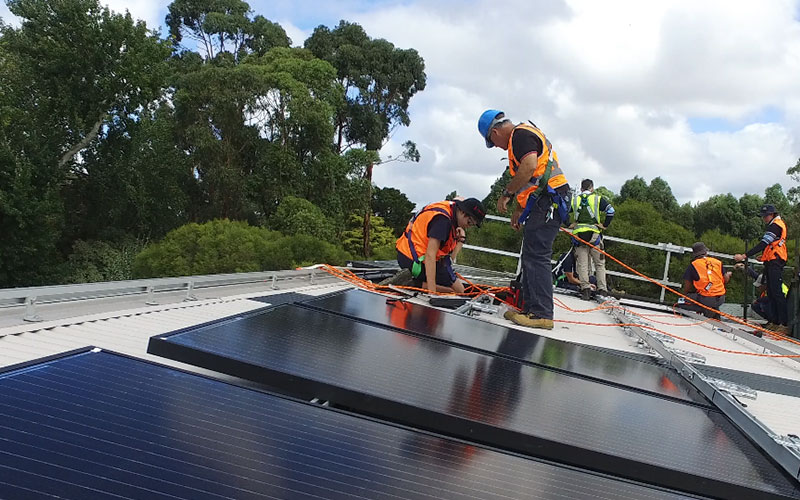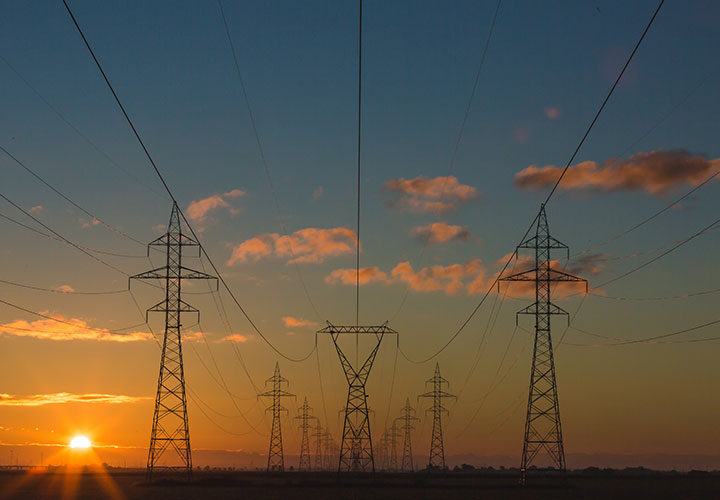
Government rebates
What is the government solar rebate?
The Federal government has implemented a solar rebate system known as the SRES, which stands for Small-scale Renewable Energy Scheme. While it’s a somewhat convoluted process and not technically called a rebate or subsidy, the reality is that it provides customers with a discount on the purchase prices of a rooftop solar system in Australia.
How does the Small-scale Renewable Energy Scheme work?
The Small-scale Renewable Energy Scheme (SRES) may sound complicated if you read the government websites, so let’s break it down into an easy-to-understand process.
The government offers Small-scale Technology Certificates (STCs) to homeowners who want to purchase a solar energy system. First, it’s essential to know that the financial amount you can receive is relevant to four factors:
- Where you live
- Your system size
- Your deeming period
- The current value of STCs
1 STC is awarded for each megawatt hour of energy your solar system will likely displace during the nominated ‘deeming period’, which we’ll discuss later. Let’s look at all the factors step-by-step.
STC zoning
Each postcode in Australia is also assigned a ‘Zone Rating’. These are as follows:
- Zone 1 – 1.622 rating
- Zone 2 – 1.536 rating
- Zone 3 – 1.382 rating
- Zone 4 – 1.185 rating
Use the resource here from the Clean Energy Regulator to find your zone rating by postcode.
System size
Your residential solar installation can come in many sizes, such as 5kW, 6.6kW,10kW and even larger up to 30kW. Every system is different, but knowing your system’s size is important. This will be important when we do our STC calculation. Like the zone ratings mentioned above, your system size represents a multiplication factor in the STC calculation. So, the bigger your system, the higher your rebate.
Your deeming period
The scheme runs from 2021 until 2030, with the deeming period decreasing by 1 each year. If you purchased your system in 2021, your deeming period is 10 years. If you purchase in 2023, your deeming period is 8 years. If you purchase in 2024, your deeming period is 7 years.
Current STC value
Small-scale certificates are traded in an open market, and the price fluctuates. You’re welcome to pay full price for your solar system and keep your STCs to sell yourself. However, most people sign them over to their solar retailer to sell. The solar retailer provides an equivalent discount on the up-front purchase price of the solar system.
STC value is usually around $40 each, but note that this can and does change at any time.
Calculating your SRES rebate
Now, down to the nitty-gritty. There is a simple formula for calculating how much of a rebate you may be entitled to:
Solar system size (kW) x Postcode Zone Rating x Deeming Period (years) = Number of STCs.
Let’s use a real-life example. A family in Norwood, South Australia, purchased a 6.6kW solar system in 2023. Norwood’s postcode is 5067, falling into Zone 3. This gives a zone rating of 1.382. The deeming period for a system purchased and installed during 2023 is 8 years. The calculation is as follows:
6.6kW (system size) x 1.382 (zone rating) x 8 (deeming period) = 72 STCs (this number is always rounded down).
If you generated 72 STCs for your solar installation, this would have an approximate value of $2,880, assuming an STC price of $40 each. Therefore, your solar retailer can offer you a discount of $2,880 off the purchase price of your system.
Why is it important to buy now?
As discussed, the deeming period is reduced by 1 every year the scheme is active. Your deeming period in years is a multiplication factor determining how many STCs you can receive. This directly affects the amount of rebate or discount you can receive.
Let’s use the example above, but consider the family in Norwood bought their solar system in 2027. The calculation looks as follows:
6.6kW (system size) x 1.382 (zone rating) x 4 (deeming period) = 36 STCs
Approximate value: $1,440.
As you can see, the value of the family’s rebate has slipped from $2,880 to $1,440, which means it has been cut in half. So, the sooner you invest in solar energy, the higher your rebate will be.
Other government incentives
Each state has its renewable energy incentives that may be applied in addition to the SRES. These can range from zero-interest or no-interest loans for solar installations to specific solar grant amounts. It’s best to check your local government websites for more information to discover what you’re eligible for.
Feed-in tariffs
Most electricity retailers offer a feed-in tariff for exporting solar energy to the main grid. This means you can export solar energy to the main grid if you generate more solar energy than your house uses. Your electricity retailer then provides a credit on your bill for the amount of solar you’ve exported.
While your electricity retailer applies these, state governments typically set the amount. In South Australia, however, the retailers decide how much you’re paid for the solar energy you export.
If you’d like to know more about government incentives and solar rebates, talk to us during your initial consultation. We’ll gladly let you know what’s available in your state or territory.

